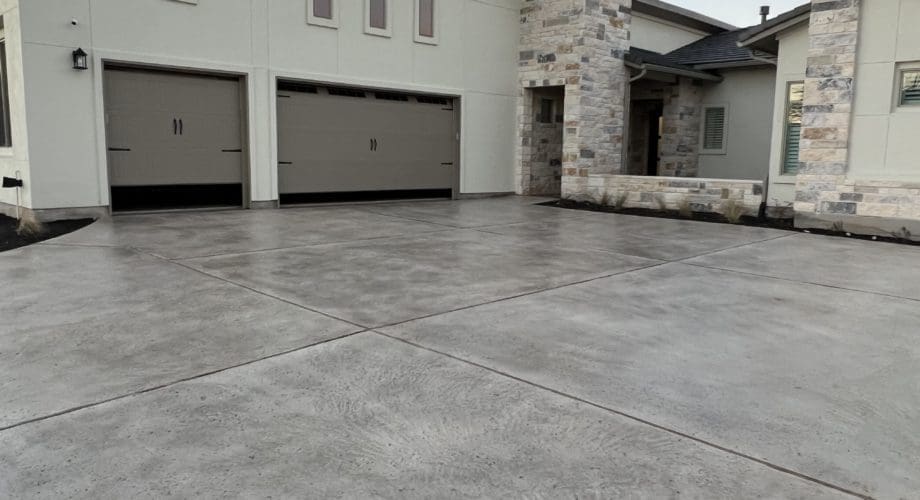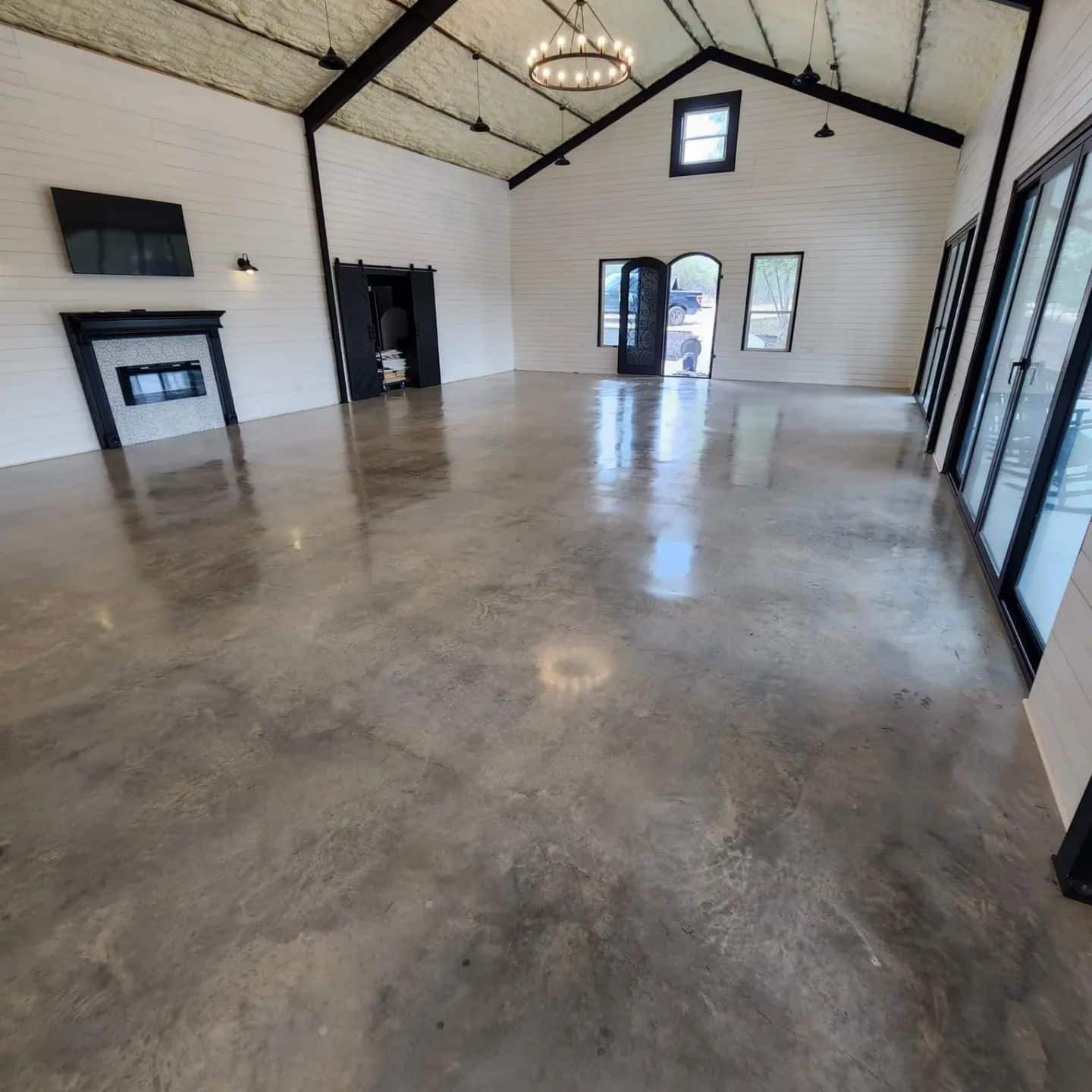Why Neighborhood Tarnished Flooring Is the Perfect Choice for Sustainable Home Renovation
In the realm of lasting home improvement, local stained flooring has arised as a preferred selection among eco aware home owners. As an economical financial investment with reduced maintenance needs, it raises a provocative inquiry: could this be the perfect solution for sustainable housing?
Understanding the Principle of Regional Tarnished Flooring
While the notion might seem novel to some, neighborhood discolored floor covering is an ingenious approach to home improvement that incorporates appearances, resilience, and sustainability. The discoloration procedure not only improves the natural appeal of the timber grain but additionally adds a layer of security, boosting the durability of the floor covering. Using neighborhood timber species usually sustains neighborhood economic climates and advertises accountable woodland administration practices.
The Aesthetics of Regional Stained Flooring
Why is neighborhood tarnished floor covering acquiring appeal for its appearances? The response hinges on the special beauty and personality it brings to any kind of room. Neighborhood tarnished flooring offers a diverse range of shades and patterns, mirroring the natural charm and variations of the neighborhood timber varieties made use of. This produces an one-of-a-kind, tailored visual that can not be reproduced by mass-produced options. In addition, the staining process boosts the wood's natural grain and appearance, including deepness and richness to the flooring's appearance. This rustic beauty seamlessly mixes with numerous interior decoration styles, from conventional to modern-day, making it a versatile option for property owners. Inevitably, the attraction of local tarnished flooring hinges on its ability to change homes into unique, aesthetically appealing spaces while promoting sustainability.
Environmental Influences of Neighborhood Tarnished Flooring
The environmental implications of local tarnished flooring encompass 2 considerable aspects: reducing carbon impact and waste minimization benefits. Utilizing in your area sourced products for discoloring not only decreases transportation emissions, yet likewise promotes sustainable forestry methods. In addition, the waste reduction element enters play as these floor covering types often have a longer life-span, minimizing the frequent demand for substitutes and the waste connected with it.
Minimizing Carbon Footprint
As house owners transform to even more sustainable choices, regional tarnished floor covering arises as a feasible remedy to minimize carbon footprint. The process of staining the flooring, rather than making use of artificial coatings, entails less chemicals and much less energy-intensive procedures. Opting for neighborhood discolored flooring shows a reliable step in advertising ecological sustainability, highlighting a concrete method property owners can add to combating environment modification from the convenience of their very own homes. Local Stained Concrete.
Waste Reduction Advantages
Although frequently neglected, waste reduction is an additional significant benefit of local discolored flooring. In addition, the staining process makes use of less resources and creates less waste compared to making new floor covering materials. The selection of regional discolored floor covering not just enhances homes however likewise underpins a commitment to lasting living and waste reduction.
The Resilience and Upkeep of Neighborhood Stained Flooring

The Cost-Effectiveness of Regional Tainted Flooring
While neighborhood discolored floor covering could initially seem a lot more pricey than various other options such as rug or laminate, its long life and sturdiness quickly transform it into an affordable selection. The in advance expense is frequently countered by the decrease in maintenance expenses in time. Unlike carpets that require regular deep cleaning or laminate that may need substitute after a few years, stained floorings are developed to last, reducing the requirement for expensive repair look at here work or replacement. Local sourcing of products minimizes transportation expenses, contributing to both financial cost savings and a reduced carbon footprint. For house owners looking for a sustainable, economical remedy for their flooring requires, neighborhood stained flooring becomes a premium, long-lasting financial investment that settles in time.

The Real World Examples of Sustainable Residences With Neighborhood Tarnished Floor Covering
In the world of sustainable home enhancement, neighborhood stained flooring has important link arised as a preferred choice. To additionally highlight its advantages, a number of genuine life instances of eco-friendly homes that have efficiently incorporated this floor covering strategy will be highlighted. These case researches give tangible evidence of the benefits and impact of using local discolored flooring in sustainable homes.

Display: Eco-Friendly Floor Covering Residences
Checking the globe, one can discover various homes that symbolize the idea of green living via making use of regional discolored flooring. In the heart of Denmark, a minimalist home prides itself on its oak-stained floors, sourced and dealt with within the neighborhood area. Across seas in copyright, a modern-day residence showcases its abundant, maple-stained floor covering, a testament to the abundant neighborhood timber supply. Down under in Australia, a beach house shines with its eucalyptus-stained floorings, showing the country's native vegetation. These homes not only showcase the visual adaptability of regional stained flooring yet likewise its payment to a much more lasting way of life. Each floor informs a story of regard for the atmosphere, showing that style and sustainability can indeed exist side-by-side.
Local Tarnished Floor Covering Benefits
The indisputable allure of regional discolored floor covering expands beyond its aesthetic charm, as it also supplies significant advantages to both homeowners and the atmosphere. Another example is a green-certified home in Austin, Texas, where in your area sourced walnut was tarnished and utilized for flooring, adding to the home's LEED qualification.
Conclusion
In verdict, neighborhood stained flooring is a sustainable and feasible the original source alternative for home renovation. This choice supports local economies, decreases environmental effect, and improves home aesthetics. Its toughness ensures long life, reducing maintenance costs over time. With its unique mix of ecological, cost-effective and visual advantages, neighborhood tarnished flooring is a clear selection for homeowners seeking a sustainable, visually enticing and economical home improvement solution.
In the realm of sustainable home enhancement, neighborhood tarnished floor covering has arised as a popular choice among environmentally mindful house owners. Neighborhood tarnished floor covering provides a diverse variety of patterns and colors, reflecting the natural beauty and variations of the neighborhood wood types used. The choice of local stained floor covering not just enhances homes however additionally underpins a dedication to sustainable living and waste reduction.
For homeowners looking for a sustainable, cost-effective service for their floor covering needs, regional stained floor covering emerges as an exceptional, lasting financial investment that pays off over time. Best Stained Concrete Austin.
With its one-of-a-kind mix of environmental, economical and aesthetic advantages, regional stained flooring is a clear selection for home owners seeking a sustainable, economical and visually enticing home improvement solution.